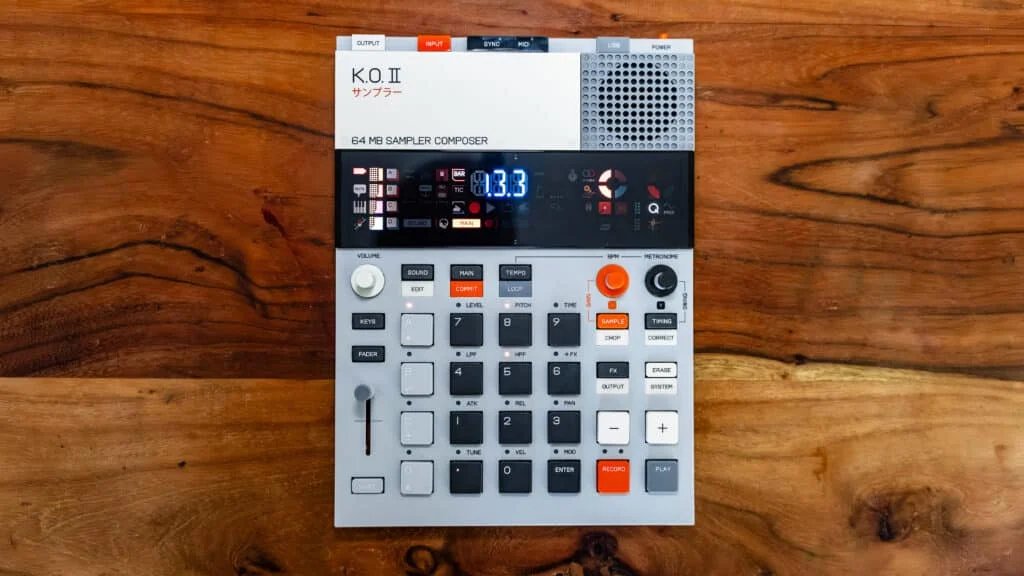In recent years, Teenage Engineering has cemented its place as a trendsetter in the world of high-end, design-forward music equipment. Known for their modernist designs and top-tier functionality, their products have become must-haves for music producers, musicians, and gearheads alike. Amid the excitement around flagship products like the OP-1 Field and TX-6 mixer, it’s easy to overlook their more budget-friendly offerings—the quirky, fun, and affordable Pocket Operators. Teenage Engineering: Knockout with the KO II.

Now, Teenage Engineering is back with an exciting evolution: the EP-133 K.O. II, an upgrade to the popular PO-33 K.O! sampler. This new model builds on the original’s charm, but with bigger and better features. From enhanced connectivity to a sleek new form factor, the KO II is more than just a playful gadget—it’s a powerful music-making tool ready for professional use.
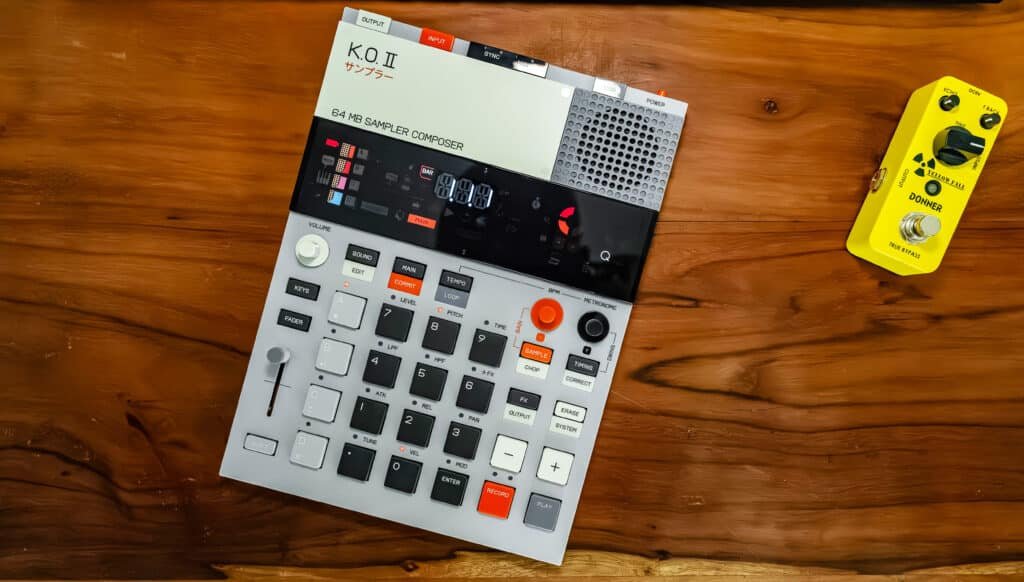
From Pocket-Sized to Production Powerhouse
The original PO-33 K.O! sampler was a marvel of compact design, offering impressive functionality in a device no larger than a credit card. With the ability to sample audio via its built-in microphone or an external input, it was an on-the-go musician’s dream. However, its small size sometimes limits its use in serious production settings.
Enter the KO II—a bigger, more refined version of the original. About the size of an iPad, the KO II solves many of the usability issues that came with its smaller predecessor. The added size allows for more precise control, making it easier to use the KO II as a production tool rather than just a fun noise-maker.
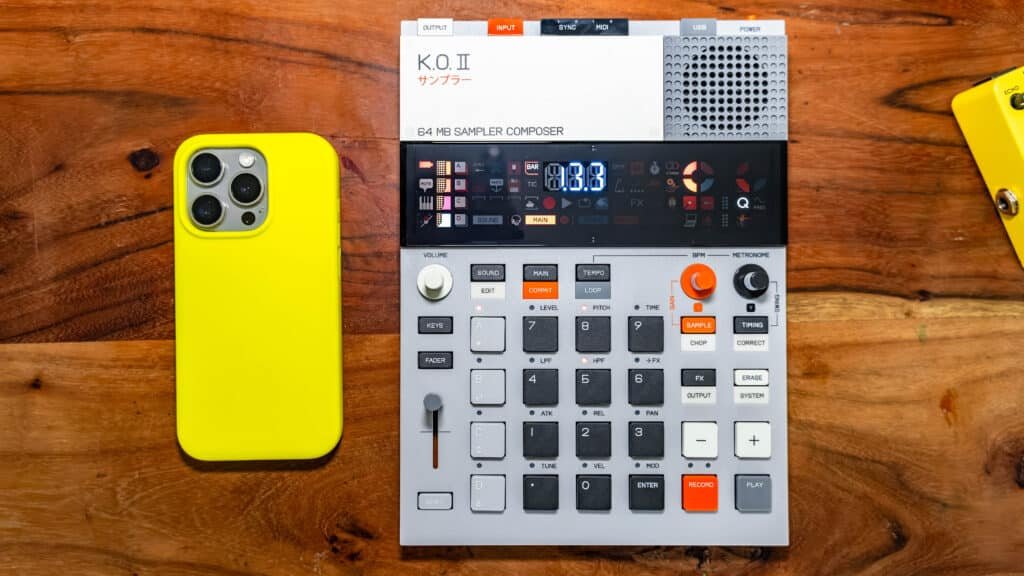
This increase in size doesn’t detract from the KO II’s portability. Teenage Engineering has kept the device lightweight and battery-operated (with four AAs), allowing musicians to take their setup wherever they go. It also retains the built-in speaker and microphone, staying true to the Pocket Operator’s signature on-the-go sampling capabilities.
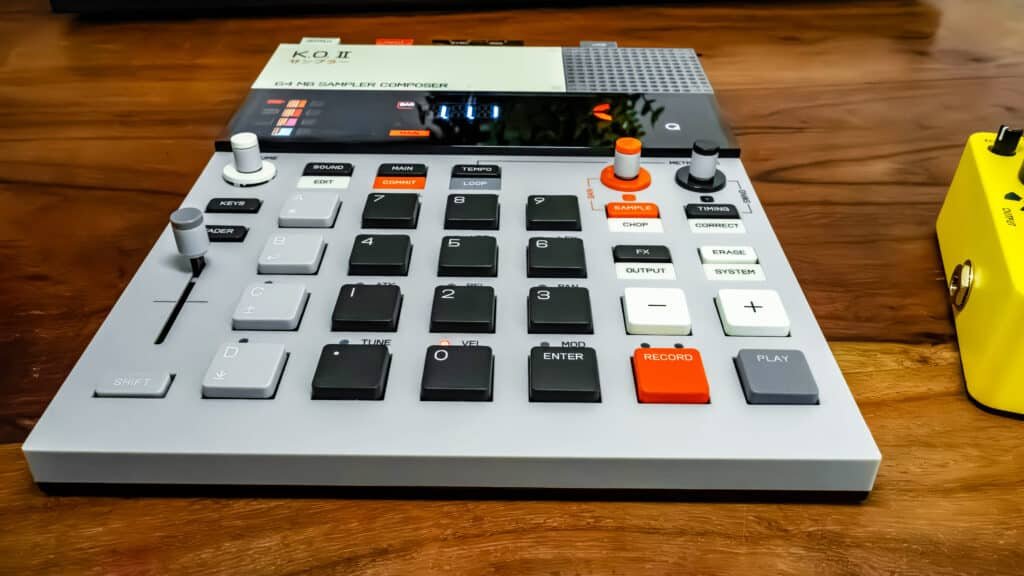
A Bold New Look
The KO II doesn’t just get bigger—it also gets a design overhaul. The open-circuit, DIY aesthetic of the original Pocket Operators has been replaced with a refined plastic chassis. The new design feels sturdy and polished, making it ready for the demands of both studio work and live performances. Its retro-futuristic look has earned comparisons to something you might find on a space station in 2001: A Space Odyssey, giving it a unique aesthetic appeal.
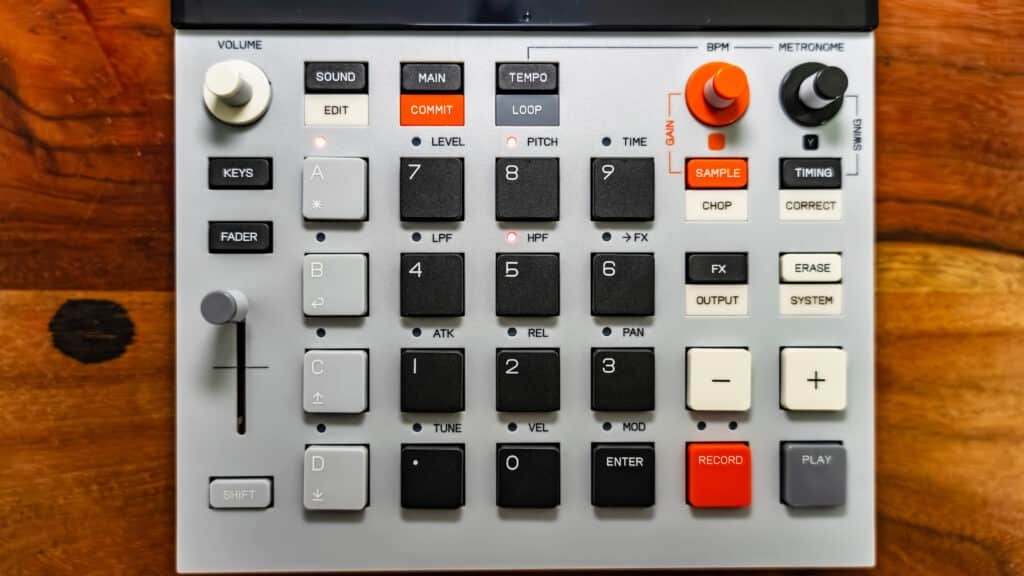
One of the standout features is the mechanical keys, which are pressure-sensitive and durable, providing a satisfying tactile feel. These clicky keys are perfect for beat-making or live performances, and their vintage design is a nod to classic hardware while still fitting seamlessly with the KO II’s modern look.

Enhanced Connectivity for Pro-Level Use
One of the biggest improvements in the KO II is its enhanced connectivity. On top of the device, you’ll find six mini-jack ports that offer a variety of input/output options, including audio in/out and sync ports for connecting other devices. There’s also MIDI in/out support (with a 3.5mm to MIDI adapter, sold separately), making it easier than ever to integrate the KO II into a professional studio setup.
The addition of a USB-C port further modernises the device, allowing for easy firmware updates, MIDI control, sample management, and power. This makes the KO II much more versatile and user-friendly for musicians who want to integrate it with modern DAWs and other devices.
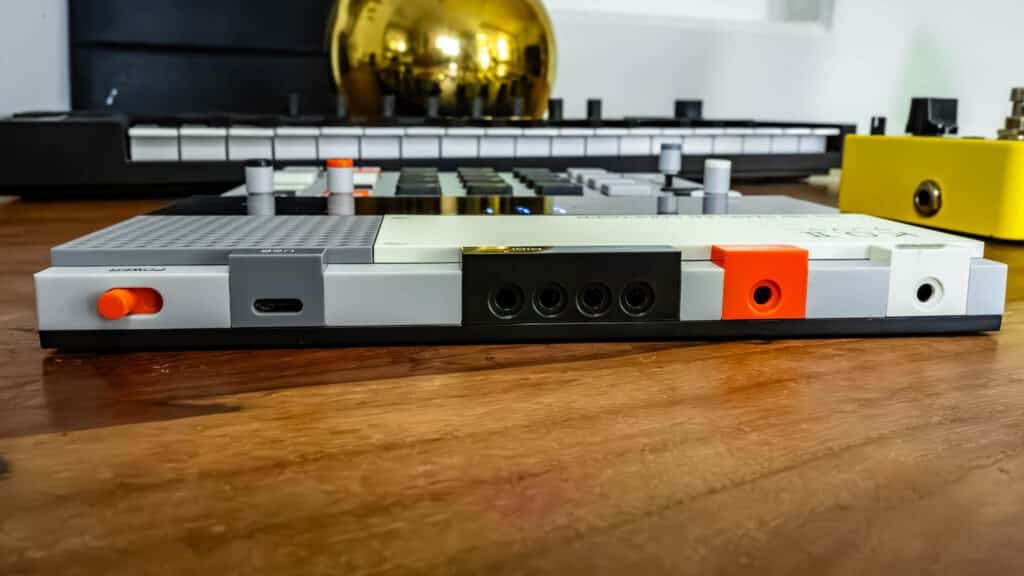
For UAE musicians, this added connectivity and portability make the KO II a versatile tool, whether you’re crafting beats in the studio or taking your production setup on the road.
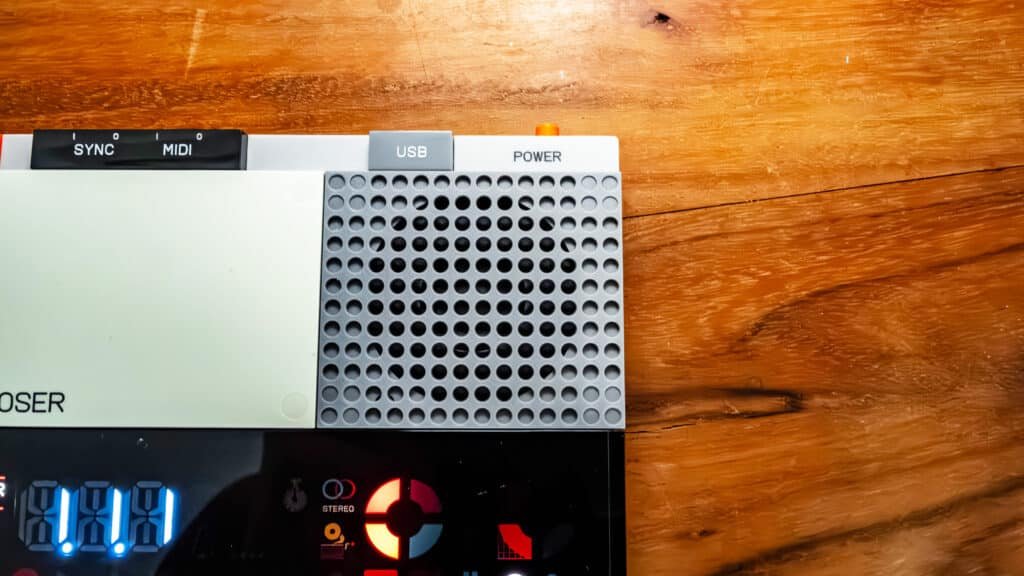
Pricing and Availability in the UAE
While official pricing for the Teenage Engineering KO II in the UAE has yet to be confirmed, estimates suggest it will retail between AED 1,500 and AED 2,000. This makes it a competitive option for musicians seeking a high-quality, portable production tool. Be sure to check local retailers and online distributors for the latest pricing and availability.
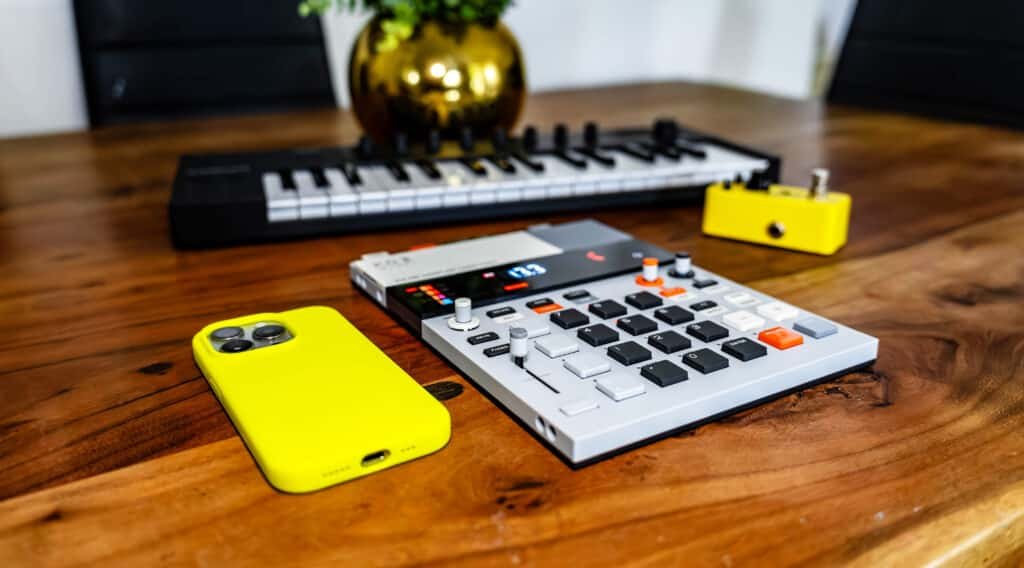
In Use: Fun Meets Functionality
When it comes to actually using the KO II, the device remains true to its Pocket Operator roots. The larger size makes it easier to generate and manipulate sounds, offering a more fluid workflow than its smaller predecessors. Users can sample audio, chop it up, and assign sounds to different pads for live performances or real-time creation.
However, the device does have a few quirks. For instance, the single fader on the left-hand side of the interface, which is used to adjust parameter levels, feels a bit stiff and wobbly. While this is a minor issue, it’s worth noting for users who require precision in live performances or intricate studio work.
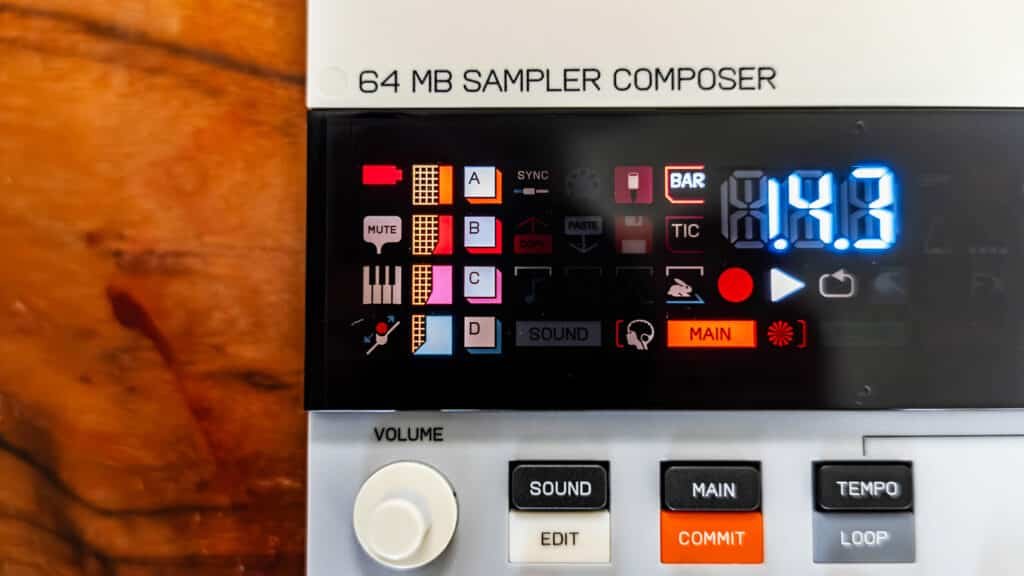
A Knockout in Every Way
In the world of music production, versatility is key, and the KO II delivers in every way. Its combination of portability, design, and professional-grade features makes it a standout tool for musicians at any level. Whether you’re an amateur looking to experiment with sounds or a seasoned producer seeking a new creative tool, the KO II offers something for everyone.

With its retro-futuristic design, improved functionality, and enhanced connectivity, the KO II is poised to be a must-have for UAE musicians and producers alike. Whether you’re using it in the studio, on stage, or on the go, the Teenage Engineering KO II is truly a knockout addition to any setup.



